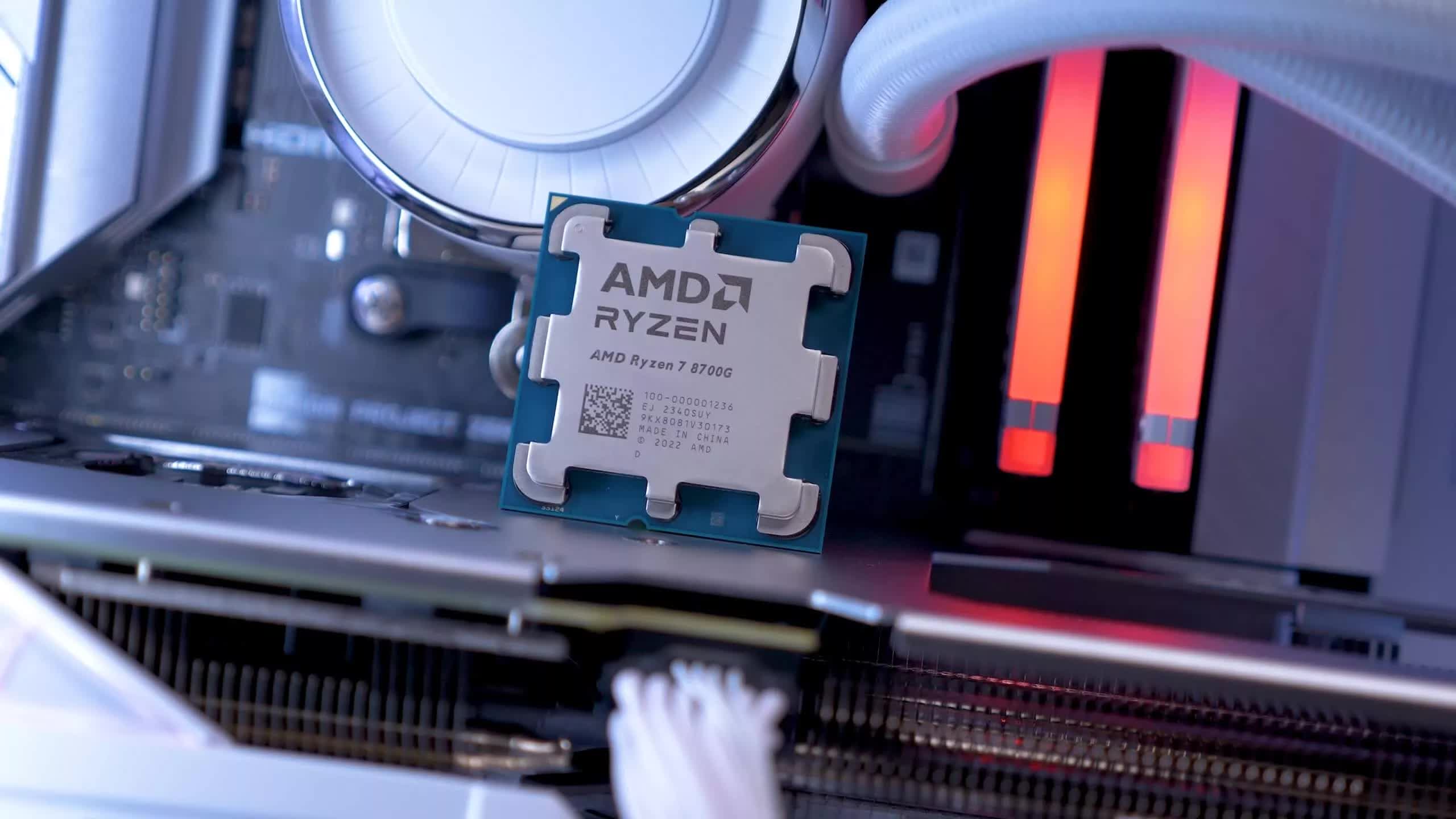What just happened? Thanks to some leaked Geekbench scores, we're getting an early peek at how potent AMD's upcoming Radeon 890M could be. The numbers show that the RDNA 3.5 integrated GPU is trading blows with older dedicated cards like the Radeon RX 580, RX 5500, and the GTX 1070.

The 890M has scored 42,932 points in the OpenCL score. That's pretty close to the RX 580 and RX 5500, which have scored 41,991 and 42,923 points, respectively, according to the Geekbench browser. On Vulkan, the 890M scored 46,298 points. That's just one point short of the GTX 1070 on the same test.
More importantly, as Tom's Hardware points out, these leaked results also put the 890M about 15% behind Nvidia's GTX 1650 Super in Vulkan performance. This is an important comparison despite the age of that card, considering that the GTX 1650 remains the second most popular GPU on the Steam survey.
[GB6 GPU] Unknown GPU
– Benchleaks (@BenchLeaks) July 14, 2024
CPU: AMD Ryzen AI 9 HX 370 (12C 24T)
CPUID: B20F40 (AuthenticAMD)
GPU: Radeon 890M
API: Open CL
Score: 42932
PCI-ID: 1002:150E
VRAM: 12 GBhttps://t.co/mfZwFKmp4i
Benchmarks don't always tell the full story when it comes to real-world gaming performance, of course. But we're talking about an integrated GPU here, and these numbers show it's hanging with some fairly powerful dedicated cards from a few years ago. This should mean PCs with the next-gen integrated graphics should handle most older titles at 1080p just fine, alongside some less graphically intense newer games.
Besides the leaked numbers, AMD has also shared some official benchmarks of the wider RDNA 3.5 architecture – and it looks poised to deliver a notable upgrade over last year's RDNA 3.
In the popular 3DMark TimeSpy test, the Radeon 800M with its shiny new RDNA 3.5 graphics mustered a 32% performance boost over the older 700M with RDNA 3. Those gains carried over to the Night Raid benchmark too, where the 800M scored 19% higher framerates than its predecessor. These numbers are not shabby at all considering that the new RDNA is more of a mid-generation architecture refresh focused mostly on efficiency improvements.
Under the hood, RDNA 3.5 packs specialized hardware to accelerate common graphics workloads like texture sampling, vector math, and primitive batch processing. AMD has doubled the throughput for several shader operations and implemented new compression techniques to reduce memory bandwidth demands.
RDNA 3.5 will be making its debut on the Ryzen AI 300 series, codenamed "Strix Point," which is expected to launch July 28.
AMD's upcoming Radeon 890M integrated graphics shown to match Nvidia's GTX 1070 in leaked benchmarks